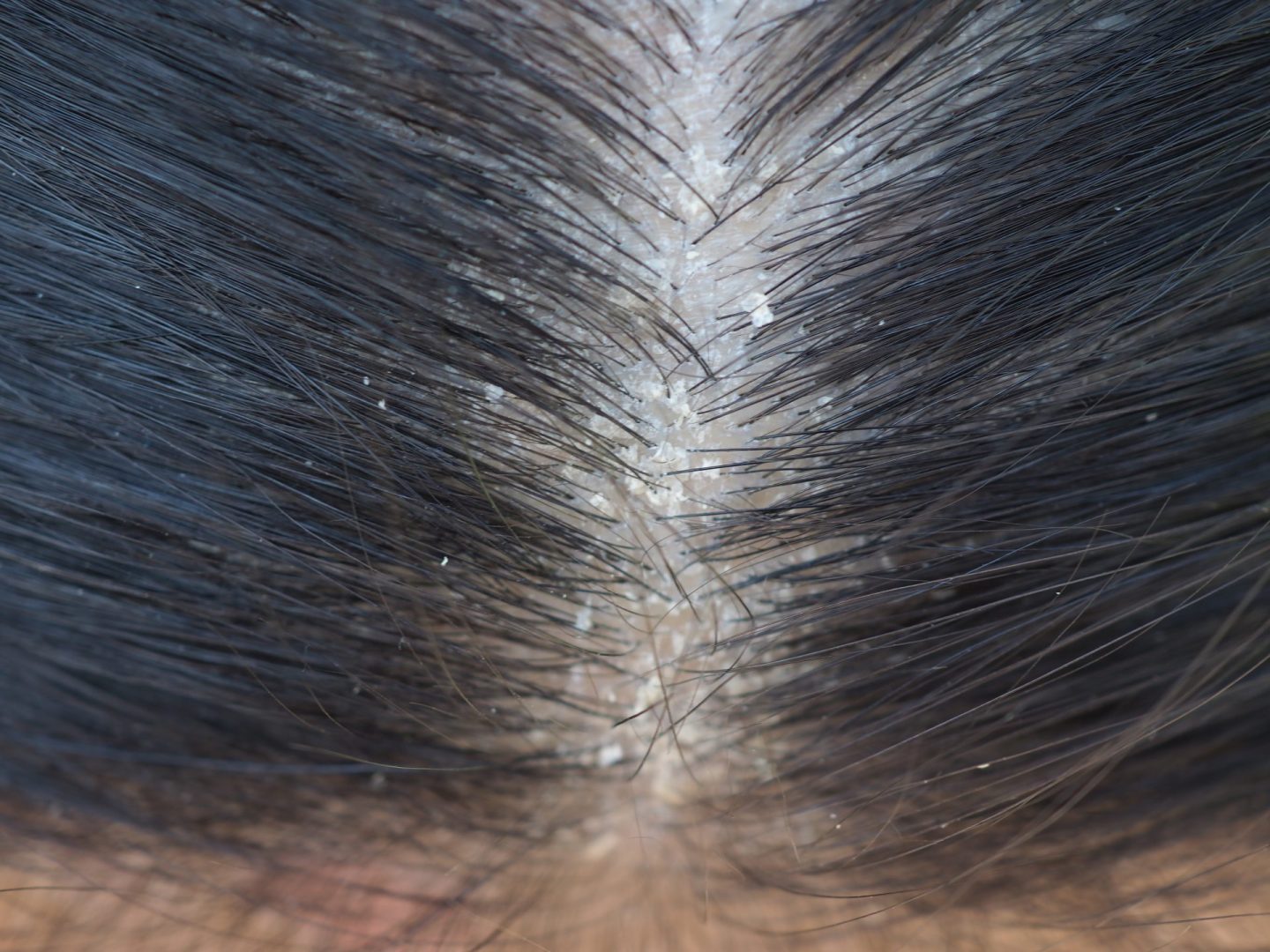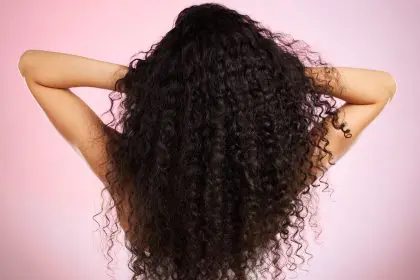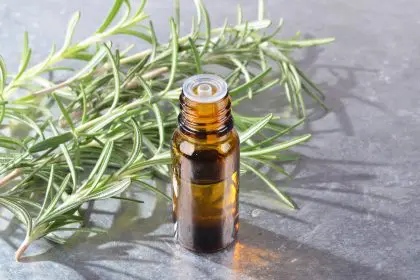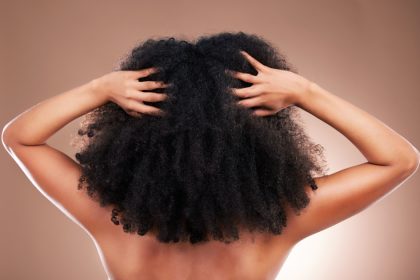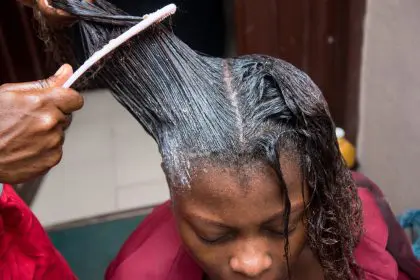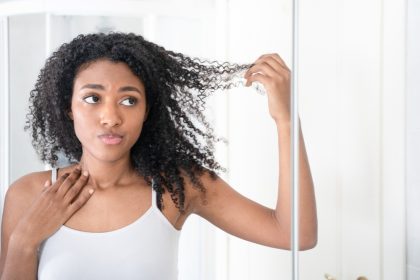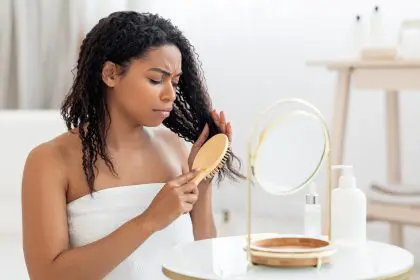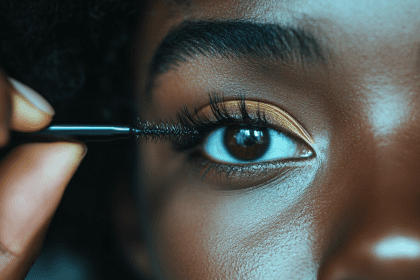Nothing feels quite as mortifying as noticing white flakes scattered across your dark blazer during an important meeting, or watching someone’s eyes drift to your shoulders during a conversation. Scalp flakes have become an increasingly common concern, affecting millions of people who struggle with this visible and often embarrassing condition.
The frustrating reality is that many people unknowingly sabotage their scalp health through seemingly innocent daily habits. What appears to be a simple cosmetic issue often stems from fundamental mistakes in hair care routines that have been ingrained over years of well-intentioned but misguided practices.
Understanding the root causes of scalp flaking requires looking beyond surface-level solutions and examining the intricate relationship between scalp health, product choices, and daily maintenance routines. The scalp, much like facial skin, requires delicate balance and proper care to maintain optimal health and appearance.
The overwashing trap that backfires spectacularly
Many people believe that washing hair more frequently will eliminate flakes, but this approach often creates the opposite effect. Daily shampooing strips the scalp of essential natural oils, triggering an overproduction of sebum as the skin attempts to compensate for the loss.
This cycle creates a perfect storm for flaking. The scalp becomes simultaneously dry and oily, leading to irritation and the formation of visible flakes that seem to multiply despite increased washing frequency. The harsh detergents found in many commercial shampoos can disrupt the scalp’s natural pH balance, further exacerbating the problem.
The misconception that cleaner always means healthier has led countless individuals down a path of scalp damage. Each aggressive wash session removes protective barriers, leaving the scalp vulnerable to environmental stressors and bacterial imbalances that contribute to persistent flaking.
Hot water’s devastating impact on scalp health
The temperature of water used during hair washing plays a crucial role in scalp condition, yet most people never consider this factor. Steaming hot showers feel luxurious and relaxing, but they inflict serious damage on delicate scalp tissue.
Excessive heat strips away the scalp’s natural protective oils more aggressively than any harsh shampoo. The high temperature causes blood vessels to dilate, potentially leading to inflammation and increased sensitivity. This thermal damage creates microscopic injuries in the scalp’s surface, promoting flaking and irritation.
Hot water also affects the hair cuticles, causing them to lift and become more porous. This structural change allows moisture to escape more easily, contributing to overall dryness that manifests as visible flakes. The combination of heat damage and moisture loss creates an environment where flaking becomes inevitable.
Conditioner placement mistakes wreaking havoc
The placement and application of hair conditioner represents one of the most common yet overlooked causes of scalp issues. Many people apply conditioner from roots to tips, coating the scalp with heavy, pore-clogging ingredients that were never intended for direct scalp contact.
Conditioners contain emollient ingredients designed to smooth and protect hair strands, not scalp skin. When these products accumulate on the scalp, they create a barrier that prevents proper shedding of dead skin cells. This buildup leads to the formation of larger, more noticeable flakes that become increasingly difficult to manage.
The weight of conditioner residue can also flatten hair at the roots, making flakes more visible against the scalp. This creates a cyclical problem where attempts to achieve smoother hair actually highlight the very issue people are trying to hide.
Product buildup creating a flaking nightmare
Modern hair care routines often involve multiple products applied daily without adequate removal. Dry shampoos, styling gels, mousses, and leave-in treatments accumulate on the scalp over time, creating layers of buildup that interfere with natural skin processes.
This product accumulation acts like a suffocating blanket over the scalp, preventing normal cellular turnover and trapping dead skin cells that would otherwise shed naturally. The result is the formation of larger, more persistent flakes that resist removal through regular shampooing.
The ingredients in styling products often contain alcohol and other drying agents that further compromise scalp health. These chemicals can trigger inflammatory responses that manifest as increased flaking, redness, and sensitivity. The irony is that products designed to improve hair appearance often create the very scalp problems people want to avoid.
Aggressive brushing techniques causing damage
The way hair is brushed and styled significantly impacts scalp health, yet most people never learn proper techniques. Aggressive brushing, especially when hair is wet and vulnerable, can create microscopic tears in the scalp that heal as flaky patches.
Using brushes with sharp or closely-spaced bristles can scratch and irritate the scalp surface. This mechanical damage triggers the skin’s healing response, which includes increased cell turnover and the formation of visible flakes. The scalp interprets this irritation as an injury requiring rapid repair, leading to accelerated skin shedding.
Brushing too frequently or with excessive force also stimulates oil production as the scalp attempts to protect itself from perceived trauma. This defensive response can create an imbalance that contributes to both oily and flaky conditions simultaneously.
Environmental factors making flakes worse
Indoor heating systems and air conditioning units remove moisture from the air, creating desert-like conditions that stress the scalp. Low humidity levels cause the outer layer of scalp skin to dry out and crack, leading to visible flaking that worsens during seasonal transitions.
Sun exposure, while often overlooked, can damage the scalp just as severely as facial skin. Ultraviolet radiation breaks down the skin’s protective barriers and accelerates cellular damage, contributing to increased flaking and sensitivity. People who spend significant time outdoors without head protection often experience more severe scalp issues.
Pollution and environmental toxins settle on the scalp throughout the day, mixing with natural oils and styling products to create a cocktail of irritating substances. This environmental burden overwhelms the scalp’s natural defense mechanisms, leading to inflammation and excessive flaking.
The stress connection nobody talks about
Physical and emotional stress directly impact scalp health through complex hormonal pathways. Elevated stress hormones alter oil production, disrupt normal skin cell turnover, and compromise the immune system’s ability to maintain scalp balance.
Stress-induced inflammation affects the entire body, including the scalp’s delicate ecosystem. This systemic inflammation can trigger or worsen existing scalp conditions, making flakes more noticeable and persistent. The cycle becomes self-perpetuating as visible flakes create additional stress and embarrassment.
Sleep deprivation, another form of physical stress, impairs the body’s natural repair processes. During quality sleep, the scalp undergoes important healing and regeneration activities. Chronic sleep loss disrupts these processes, contributing to poor scalp health and increased flaking.
Diet’s surprising role in scalp flaking
Nutritional deficiencies often manifest first in the health of hair and scalp tissue. Insufficient intake of essential fatty acids, vitamins, and minerals compromises the scalp’s ability to maintain proper moisture balance and cellular function.
Excessive sugar consumption triggers inflammatory responses throughout the body, including the scalp. High-glycemic foods cause blood sugar spikes that can worsen existing scalp conditions and contribute to increased oil production and flaking.
Dehydration affects every organ in the body, including the scalp. Insufficient water intake compromises the skin’s ability to maintain proper moisture levels, leading to dryness and flaking that no topical treatment can fully address.
Simple solutions that actually work
Implementing gentle, consistent care practices can dramatically improve scalp health within weeks. Washing hair every other day or every third day allows natural oils to nourish the scalp while preventing excessive buildup.
Using lukewarm water instead of hot water preserves the scalp’s natural protective barriers while still providing effective cleansing. This simple temperature adjustment can reduce flaking significantly without requiring expensive treatments or dramatic routine changes.
Applying conditioner only to the mid-lengths and ends of hair prevents pore-clogging while still providing necessary moisture to hair strands. This technique maintains scalp health while achieving the smooth, manageable hair most people desire.

